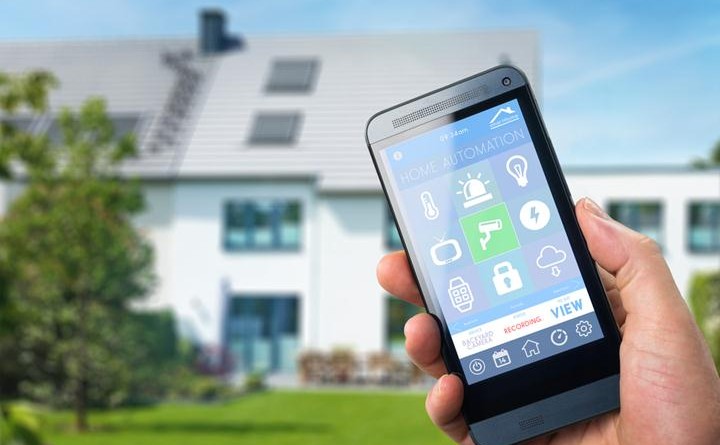Home security is a concern for many people. We all want that added level of protection for our home, our possessions, and most importantly, our loved ones. When deciding to install a home security system, there are many aspects to take into consideration that will make the process simple and less overwhelming. The more you’ve planned beforehand, the easier it will be to choose the package that’s right for you, and the less susceptible you’ll be to pushy salespeople.
System Type
First, you need to consider wired versus wireless systems. Wireless systems have the benefit of easier installation and a more streamlined look. However, wireless systems tend to be less stable than wired systems, and can be subject to various types of interference that interrupt the signal. Wired systems are hardwired into your home and use a landline for service, so there is no risk of signal interference. However, they require more in-depth installation and if the power goes out (or the wires are cut) you lose connectivity. The best option is a combination of both.
System Layout
The next consideration is keypad placement. Security systems are armed and disarmed from a central keypad, which should be located near the entrance you most commonly use. This makes it fast and convenient to arm and disarm the system or to hit the panic code if needed.
Third, consider where you need the open/close sensors placed. These trigger the alarm when someone forces a door or window open. There should be one for every outside door, including any going into the garage. You should also place sensors on every ground-level window.
More thought needs to go into second-story windows: to arm or not to arm? A good rule of thumb is if the window is accessible with a regular ladder, arm it. Otherwise, just stick a dowel in the window track and save yourself some money. Each sensor averages about $80. Another issue is crank-out windows. Those cannot be armed with standard open/close sensors, which brings us to the next option: glass-break sensors.
Glass-break sensors “hear” the sound of glass being shattered and trigger the alarm. They can be quite sensitive, but placement still needs to be thought out. Glass-breaks need to be “facing” the likely-to-be-broken windows in order to “hear” a break-in effectively. You will also need at least one for each floor.
Motion sensors are another option. While they can be useful, if you have pets or young children, or live in a high-wind area, your motion sensor will be falsely tripped. If you feel that this may be an issue, stick with open/close and glass-break sensors.
Add-Ons
For the tech lovers and those that can afford it, you can invest in window screens that double as sensors. If the screen is cut, the alarm will go off. Very James Bond indeed!
Finally, some security systems include fire/carbon monoxide sensors, emergency key fobs, and other added goodies. Look into what “extras” are available. Tailor the system to suit your needs, and rest easy knowing your home and family are protected.
Featured Image: depositphoto/aa-w




